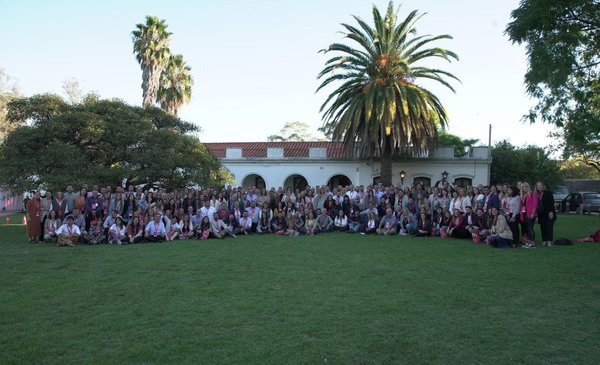Venezuela is at the end of the countries with the lowest economic complexity in LatAm World Bank data up to 2018 showed that 55.3% of total exports from the region are made up of basic products. Economic growth is one of the main goals of countries around the world and a constant concern for international organizations, especially in recent months when inflation has advanced by leaps and bounds.
Data from the World Bank up to 2018 showed that 55.3% of the region’s total exports are made up of basic products, and that only 20.8% of the workforce is assigned to the industrial sector. For this reason, countries like Chile, Peru and Ecuador have a negative score. In addition, Venezuela and Nicaragua are the worst performers in this measurement, with scores of -1.08 and -1.03, respectively.
The Economic Commission for Latin America and the Caribbean (Cepal) explained that “economic complexity generates wealth because competitive advantage increases exports of high-tech products (…). Countries with a more exceptional ability to produce sophisticated goods are more likely to earn higher incomes than less productive countries.
However, low productivity and the lack of productive diversification are the causes of the low growth that has the region in a second lost decade, according to the Executive Secretary of ECLAC, José Manuel Salazar-Xirinachs.
Given this scenario, it is necessary for Latin American countries to work on diversifying their exportable supply and improving their productivity. In addition, they must invest in research and development to create more sophisticated products that allow them to have a greater participation in the international market.
In addition to measuring the monetary value of final goods and services produced in a country at a given time, the Economic Complexity Index (ECI, for its acronym in English) is a way of evaluating growth and productive development taking into account the sophistication of the exported goods and the knowledge needed to produce them.
According to the Massachusetts Institute of Technology (MIT), this index measures economic complexity and the type of productive structure of a country and the interrelationship between its sectors.
The Observatory of Economic Complexity (OEC) notes that this is a powerful technique for predicting and explaining future economic growth, as well as identifying income inequalities and greenhouse gas emissions.
As collected Bloomberg, Mexico leads the ranking in Latin America with a score of 1.09, followed by Brazil (0.33), Panama (0.31) and Costa Rica (0.24). However, not all countries in the region have a wide range of products to export, much less sophisticated goods or services. A good part of the countries mainly export raw materials. This is how 10 of the 18 countries measured in 2021 by the OEC have a negative index of economic complexity.
*Read also: The US extends a three-month license for Citgo that protects it from creditors
Post Views: 183















